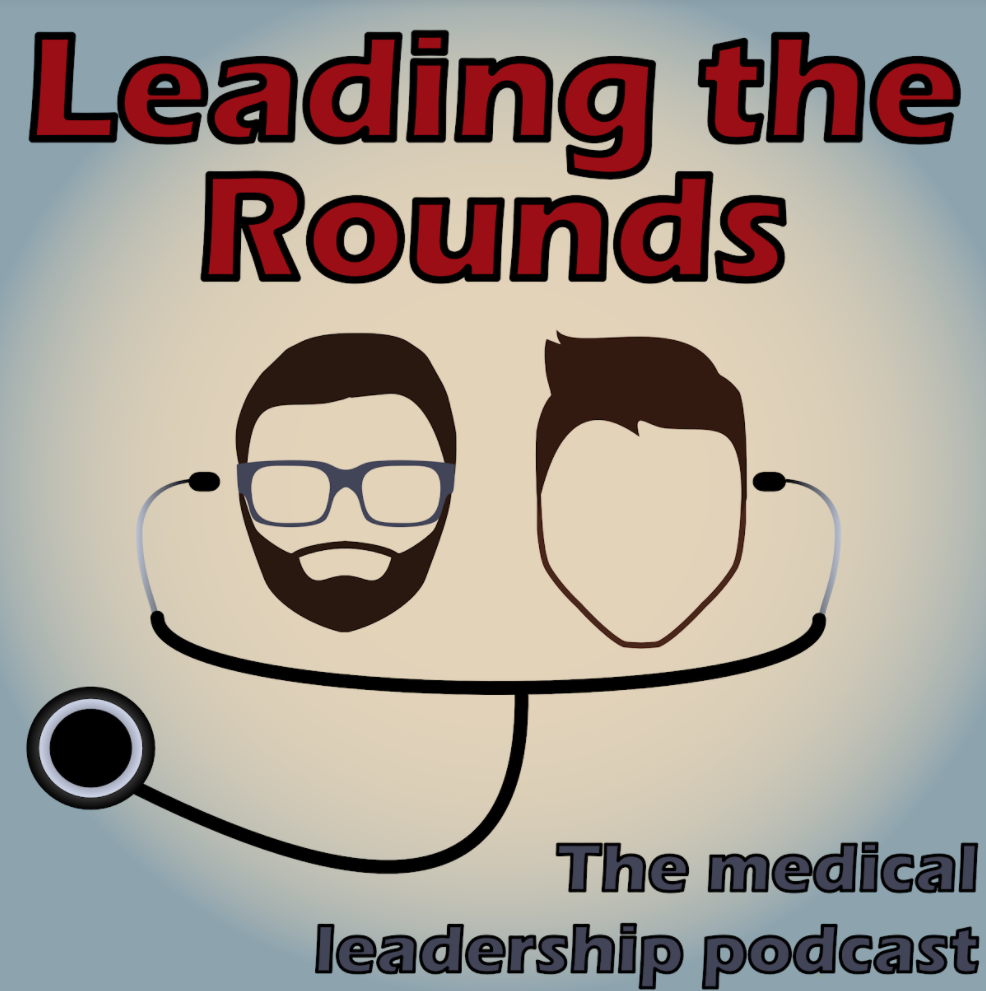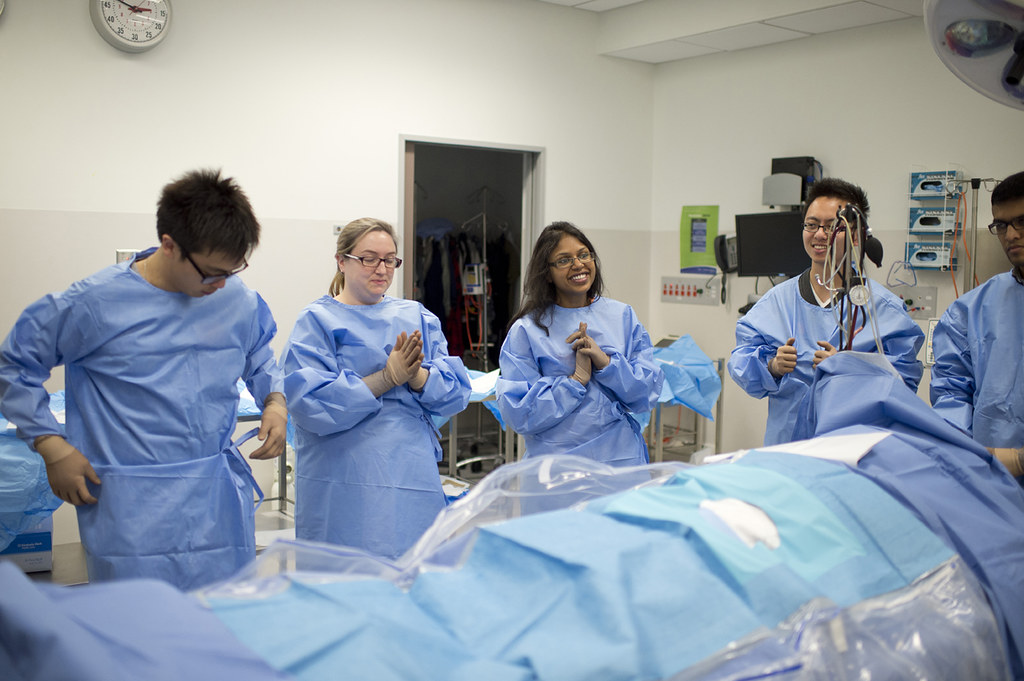Yes, It’s Possible To Have a Baby In Medical School — Here’s How
Having a family, for some of us, is also non-negotiable. We want to be moms, and we have the right to pursue more than just medicine. So let us flip the script in our mind. Our mindset should not be a question: “Can I have a baby during my training?” Instead, let us decide, “I will have a baby during my training, and this is how.” Own it. Do not apologize for it.





